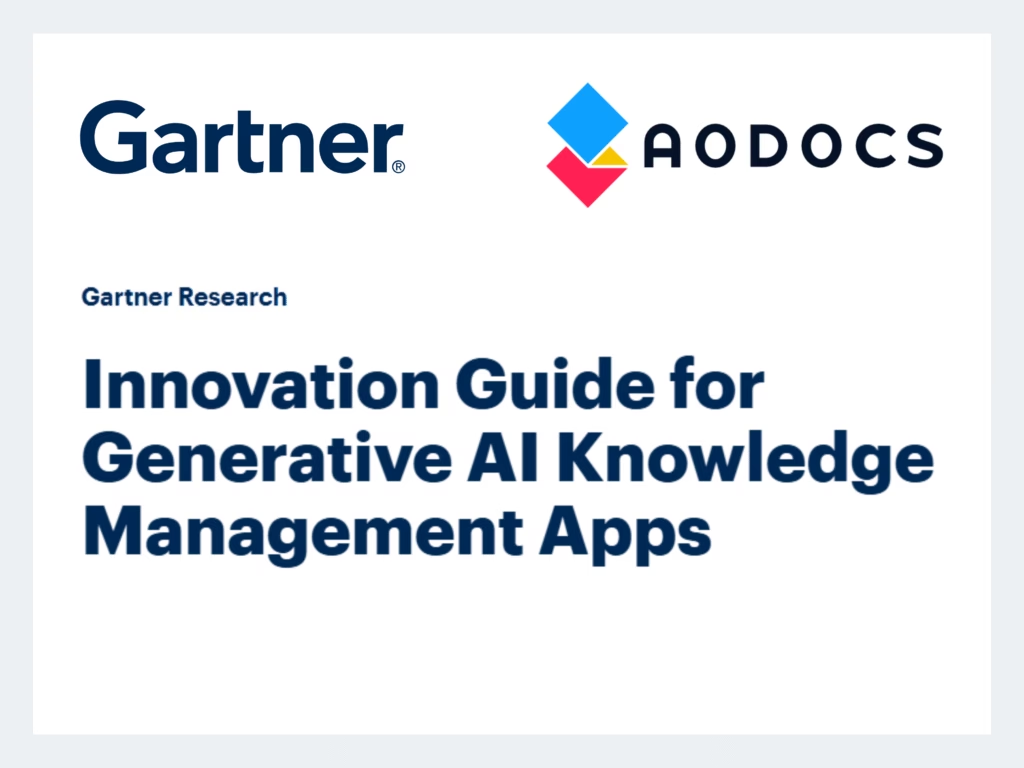Enterprise Content Management: Elevating Information for a Modern Business
In today’s data-driven landscape, organizations manage vast amounts of content, from traditional paper documents to rich multimedia and unstructured information. For many, the complexity, speed and scope may be understandably overwhelming.
Enter Enterprise Content Management (ECM). ECM is a set of tools and processes designed to capture, store, organize, and make critical business information accessible securely and compliantly. ECM ensures that essential data is readily available for decision-making, helping organizations stay responsive, efficient, and compliant with industry regulations.
ECM vs. Document Management Systems (DMS)
While Document Management Systems (DMS) handle document-specific workflows, ECM takes a broader approach by encompassing all unstructured data types. A robust and flexible ECM platform should integrate with business processes like customer relations and regulatory compliance. When done right, it facilitates a more holistic approach to managing and leveraging content across the organization.
The core components of ECM
Enterprise Content Management (ECM) streamlines and secures content throughout its lifecycle. Here are some of its key components and features that optimize workflows and collaboration:
- Capture: ECM collects data from diverse sources (scanning, eForms, digital uploads), often automating data extraction with advanced AI, including Generative AI, for more efficient data handling than traditional OCR.
- Manage: Centralizing and organizing content, ECM automates workflows to improve accessibility while reducing the IT burden.
- Process and Collaborate: ECM enhances team productivity by supporting collaborative workflows with shared access to content.
- Storage and Archiving: Cloud-based ECM provides secure, compliant, long-term storage, giving users flexibility in choosing cloud storage options for enhanced data security.
- Integration: ECM integrates with CRM, ERP, and other enterprise systems to streamline workflows and reduce redundancies.
- Accessibility and Measurement: Mobile access and data analytics help teams optimize content use and operational performance.
The Benefits of ECM
So, what’s in it for my company or government entity, you may rightfully ask. Scalable and flexible Enterprise Content Management can boost efficient, compliant, and collaborative operations through essential functions:
Regulatory Compliance: ECM structures secure document storage, simplifying audits and regulatory processes.
- Control and Collaboration: Centralized access and version control ensure information consistency, facilitating teamwork.
- Enhanced Experiences: Improved workflows and consistent data access boost customer responsiveness and employee satisfaction.
- Information Accessibility: ECM consolidates data, making it easy to search and driving faster decision-making.
- Process Efficiency: By automating routine tasks, ECM accelerates approvals and decision-making, increasing productivity and reducing costs.
- Support for Digital Transformation: ECM promotes paperless workflows, which streamline content management, reduce delays, and improve governance.
Best Practices for Implementing ECM
Organizations should strongly consider cloud-based solutions to maximize ECM benefits. Cloud-native ECM platforms offer the scalability and flexibility necessary for today’s distributed work environments. They reduce infrastructure and maintenance costs and enable users to access content securely from any location. Equally important, organizations should look for ECM solutions with robust security features like access control and document tracking, ensuring data remains compliant with regulatory standards. Security measures should constantly adapt to the organization’s needs, supporting audit readiness without complicating workflows.
Integration and automation are essential for a streamlined ECM experience. Opt for systems that seamlessly connect with enterprise systems like CRM, ERP, and productivity tools to prevent data silos and improve workflow efficiency. Leveraging AI-powered ECM systems, such as AODocs, enables scalable solutions that grow with the organization, accommodating additional data and workflows over time. With low-code and no-code capabilities, organizations can customize workflows to suit team requirements, reducing dependence on IT resources and improving user adoption. Finally, partnering with a reliable ECM provider ensures ongoing support, updates, and access to a strong network of resources to maximize the platform’s value.
Your Next Move – with AODocs
When considering an ECM, you should opt for the one that meets your organization’s needs. AODocs offers a flexible, scalable content management platform, empowering organizations to store files in their preferred cloud (AWS, Azure, Google Drive) while integrating seamlessly with SAP, Salesforce, and other key applications. Leveraging AI, AODocs simplifies data extraction and automation, enabling efficiency in processes like claims management, sales proposal reviews, and contract risk analysis.
Ready to discover how ECM can upgrade your enterprise content strategy?



